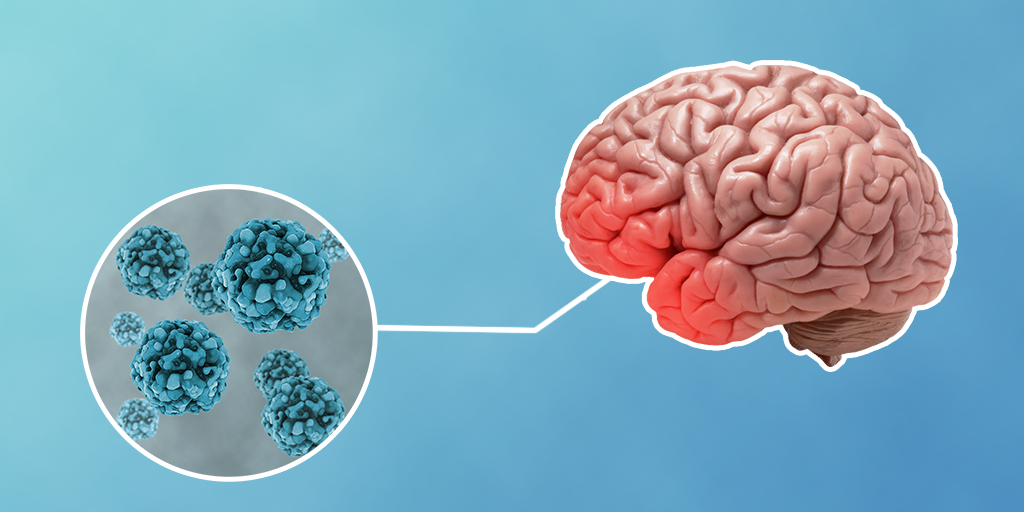
HFMD In Adults VS Children
HFMD is a widespread viral infection that primarily affects young children and babies. Although their signs and problems may be different from those in children, adults and teenagers can also contract the virus. The differences between HFMD in adults, teenagers, and children/infants will be discussed in this article.
Symptoms:
HFMD symptoms are similar across all age groups, but they can differ in severity. Blisters on the hands, feet, and mouth are among the most prevalent symptoms, along with fever and sore throat. Moreover, children and infants may get agitated, lose their appetite, and feel generally poorly [1]. Blisters may be less frequent and the symptoms may be milder in adults and teenagers.

Complications:
Although they occur more frequently in adults, significant consequences from HFMD can affect both children and adults. The virus may occasionally develop in viral encephalitis or meningitis, which can cause seizures, paralysis, or even death [2]. Adults may also suffer potentially fatal conditions such acute flaccid paralysis, pneumonia, or myocarditis [3]. Although children and infants are less likely to encounter serious consequences, they nevertheless run the risk of becoming dehydrated as a result of a sore throat, mouth ulcers, and a lack of appetite.
Fatality rates: Although the fatality rates for HFMD are low, adults are slightly more likely to die than children [1]. Those who suffer from HFMD typically heal without any long-term issues. However, if you or your kid encounter serious symptoms or complications, it's crucial to get medical help.
How Complications Occur:
HFMD issues happen when the virus travels to the brain, lungs, or heart, among other body organs. These organs may become inflamed and damaged in specific situations where the immune system overreacts to the virus [2]. Adults are more likely to experience this because they have weakened immune systems and may be less equipped to fight off the infection.
In conclusion, HFMD is a viral disease that can strike individuals of all ages, but the severity of its symptoms, complications, and mortality rates may differ according to the age group. While adults are more prone to acquire major complications that could be life-threatening, children and newborns are less likely to encounter such issues. Consequently, if you or your child exhibit serious symptoms or consequences, it's crucial to seek medical attention.
[1] Centers for Disease Control and Prevention. (2021). Hand, Foot, and Mouth Disease (HFMD). Retrieved from https://www.cdc.gov/hand-foot-mouth/about/index.html
[2] Wang, Y., Feng, Z., Yang, Y., Self, S., Gao, Y., Longini, I. M., ... & Yu, H. (2018). Hand, foot, and mouth disease in China: patterns of spread and transmissibility. Epidemiology and Infection, 146(10), 1295-1301.
[3] Ooi, M. H., Wong, S. C., Podin, Y., Akin, W., del Sel, S., Mohan, A., ... & Cardosa, M. J. (2009). Human Enterovirus 71 Disease in Sarawak, Malaysia: A Prospective Clinical, Virological, and Molecular Epidemiological Study. Clinical Infectious Diseases, 49(4), 612-618.
Powered by Mirasvit Magento 2 Extensions















